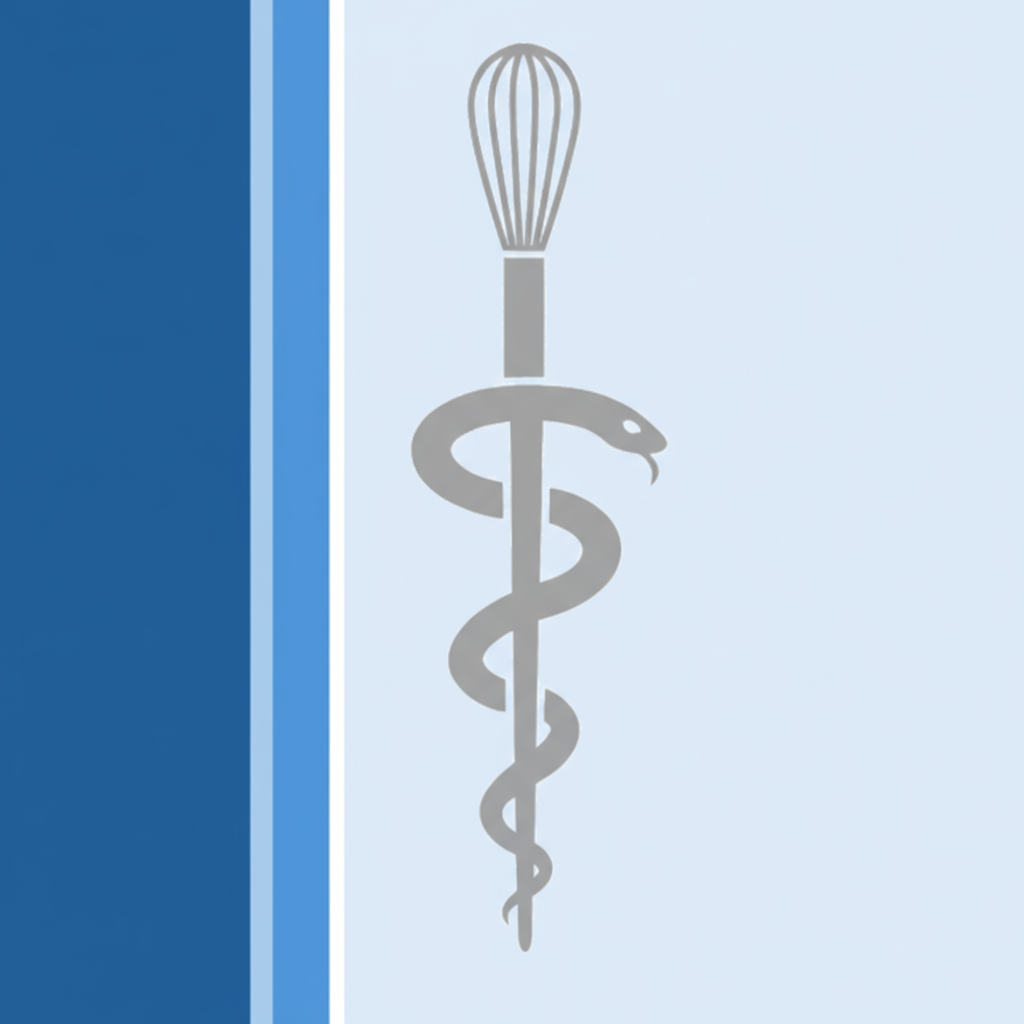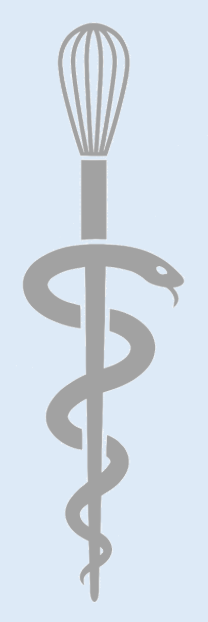
From Galenus to the Whisclepius
The phrase "Let food be your food and medicine be your medicine, unless it concerns Culi-Clinical and Culi-Medical Food Solutions" is a tribute to Claudius Galenus — an influential physician from the second century AD, whose work shaped medical practice in Europe for centuries.
Galenus served as the personal physician to three Roman emperors, including Marcus Aurelius and his son Commodus — known to many as the antagonist in the film Gladiator.
He drew a clear distinction between food and medicine, yet regarded the two as related and complementary: food primarily supported the healthy body, while medicine was employed in cases of illness or imbalance.
Galenus would likely have interpreted the addition of Culi-Clinical and Culi-Medical Food Solutions to his dictum as a sober refinement of his philosophy — an acknowledgment that appropriate, hyper-personalized nutrition plays a key role within a broader preventive and interventional context, albeit with the precision, creativity, and scientific foundation of today.
What is new compared to Galenus lies in the introduction of an Epicurean element to his Aristotelian view: taste as the driving force behind food intake.
Within the gastrological sciences, taste is described as the most individual impression of the most individual sensory perceptions — evoked by food and drink, and influenced by contextual factors.

The Whisclepius — also known as the Whisculaap — was chosen as the symbol for this Culi-Clinical and Culi-Medical approach.
It is a creative fusion of two powerful symbols:
• On one hand, the whisk, representing cooking, stirring, and blending;
• On the other, the Rod of Asclepius, entwined by a serpent, associated with the god Asclepius, renowned for his healing powers.
As early as the Greco-Roman period, Asclepius was venerated as a god of healing, and his staff evolved into the preferred emblem for medical and healthcare institutions worldwide, including the World Health Organization (WHO).
By combining the whisk and the serpent, a visual bridge is created between the realms of gastrology and healthcare — between culinary nutrition as science, craft, and art, and its clinical and medical applications, both preventive and restorative.
